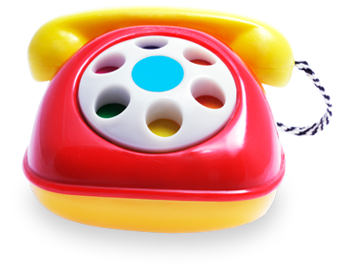Comprehensive Care for Cerebral Palsy and Related Conditions
We understand the impact that cerebral palsy and similar conditions can have on your child and your family. Our team of specialists offers comprehensive care that’s tailored to your child’s unique physical, developmental, emotional, and academic needs.
Rehabilitation Medicine (Physiatry)
A physiatrist focuses on your child’s physical function. They evaluate your child’s abilities and work with you to set goals for rehabilitation physical therapy. They can also evaluate and recommend bracing and equipment and prescribe medicines or procedures to help with spasticity or other issues.
Pediatric Neurology and Neurodevelopment
A pediatric neurodevelopmentalist -- a neurologist who has completed additional training in treating disabilities that affect language, movement, senses, and cognition -- focuses on your child’s neurological function. They help you understand a cerebral palsy diagnosis based on medical history, imaging scans, and exams and will explain the diagnosis and how it can affect your child’s function. The doctor will screen for and treat related neurological conditions, help manage muscle tone and unwanted movements, and address developmental and learning concerns. Your child’s neurodevelopmentalist can provide care for your child as they grow and become adults.
Team of Specialists
We work with a range of other specialists to ensure your child receives comprehensive care from a coordinated team.
When needed, your child may also be seen by a social worker or referred to pediatric specialists in gastroenterology, ophthalmology, audiology, or orthotics (shoe inserts that help correct problems with walking and standing).
Treatments for Cerebral Palsy and Related Conditions
Medication
Medications may be prescribed to relax your child’s muscles, reduce extra movements/spasticity, or relieve pain from muscle spasms. Oral medications are a common approach to managing muscle tone.
Botulinum Toxin Injections
In some children with cerebral palsy, injections of botulinum toxin (Botox, Dysport, Xeomin) can reduce spasticity by blocking the nerve signals that cause muscles to stiffen.
Note: Some uses of botulinum toxin for children are considered “off-label,” but both Botox and Dysport do have FDA indications for use in children with limb spasticity.
Surgery
In cases of severe spasticity, doctors may surgically implant a pump to deliver continuous, consistent doses of baclofen (a muscle-relaxing medication) directly to the spinal cord. Another surgical option is a selective dorsal rhizotomy (SDR), which aims to reduce muscle spasticity by cutting nerve roots in the spinal cord that are responsible for sending faulty signals. Both the pump implantation and SDR surgeries may be performed by a pediatric neurosurgeon, when appropriate. Pediatric orthopaedic surgeons can perform procedures to improve mobility and function and prevent or correct deformities. Wherever possible, our surgeons use minimally invasive approaches, performing surgery through small incisions to reduce pain and recovery time.

